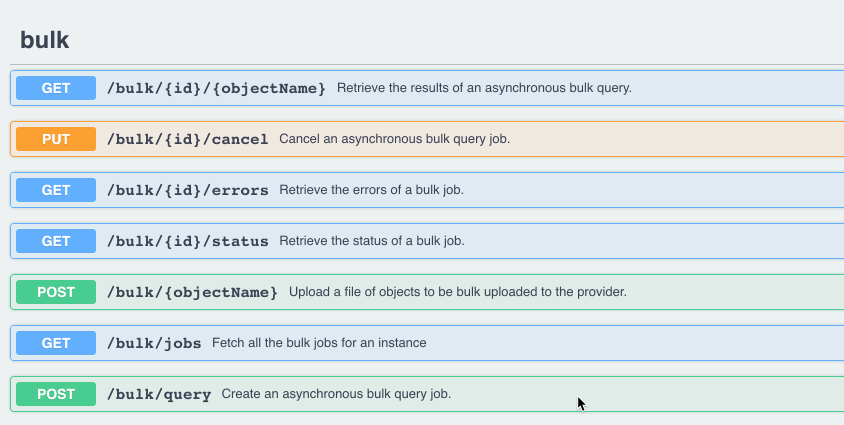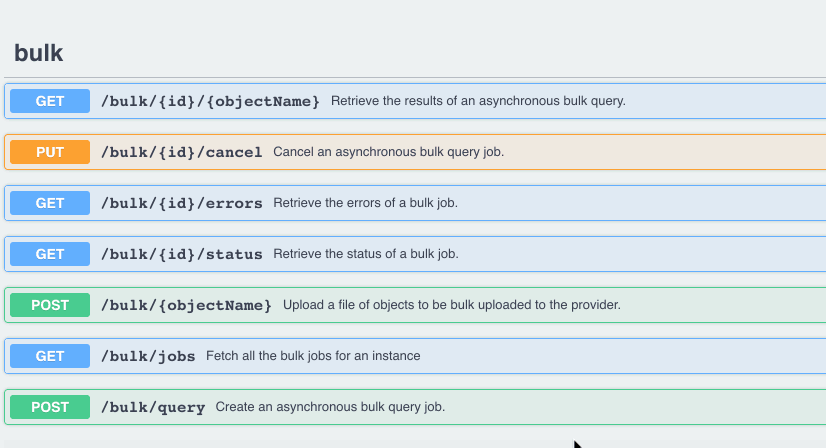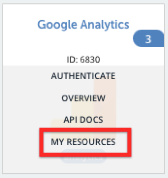
On this page:
Setting up Oracle DB
You can create a connection to a Oracle DB in one of the two ways:
- Directly via an IP Address and Port Number, e.g.
123.123.1.123:3306 - Use Ground2Cloud service to connect your Database
Connecting Directly via IP Address and Port Number
This method would require a port be exposed so a connection can be made with Cloud Elements. When creating an instance, the user would input the IP Address and Port Number exposed publicly.
Connecting via Ground2Cloud
The Ground2Cloud integration consists of two parts: Client and Server. The Ground2Cloud Client creates a tunnel to a public Ground2Cloud Server, and enables requests from the Cloud Elements Production Cloud to transparently pass through that tunnel to reach the Client Service.
The Ground2Cloud Client installation program is a self-unpacking executable. Once it finishes running, the Ground2Cloud Client is installed as a Windows Service which constantly runs to keep this tunnel open. You generally don’t have to worry about this; once installed, the service automatically restarts in case of failure, or when your Windows machine is rebooted.
The installer also installs a GUI (Graphical User Interface) program, which can be used to monitor and manage the Ground2Cloud Client. When launched, it opens a window with simple dialogs that let you browse logs files, change configuration, and perform other management operations. Details on how to use the GUI is described in the Ground2Cloud docs.
If you are interested in using our Ground2Cloud Service, contact us for details.
Required Authentication Parameters
Cloud Elements requires a database installed or any hosted database services like AWS, RDS etc. before you authenticate with the Oracle DB element. This element uses a custom authentication workflow.
The following is required to create a Oracle DB element instance:
- Database Host: e.g.
123.123.1.123:3306 - Database Name
- Database Username
- Database Password
- Database Schema Name
- Database Tables (OPTIONAL: Can connect a set of tables i.e. contacts, accounts or prefixed tables, i.e.
data_*via comma separated list)
You can authenticate an element instance using the UI or via API calls. For detailed information on how to authenticate an instance, see our related documentation:
Sample Configuration JSON
"configuration": {
"db.host": "[myDatabaseHost]",
"db.name": "[myDatabase]",
"username": "[myUsername]",
"password": "[myPassword]",
"db.schemaname": "[myDatabaseSchemaName]"
} API docs before provisioning an instance with the Oracle DB Cloud Elements look like they're shown below.
When you successfully authenticate an instance with the Oracle DB element, Cloud Elements makes a connection to Oracle Database, reads the database schema and converts all its tables to APIs. For example, tables such as Countries, Departments, Regions etc. in the database are generated dynamically into APIs by Cloud Elements, as shown below.
When changes are made to the schema in Oracle database, you need to re-authenticate the element instance in order to pull whatever changes have been made in Oracle database and for endpoints to get added or removed accordingly.

Element Fact Sheet and Reference
Authentication and Configuration Parameters
To see all authentication parameters for the Oracle DB element, follow these steps:
- Sign in to Cloud Elements and navigate to Elements.
- Hover over the card for an element, and then click My Resources.

- In the top navigation toolbar, click Setup.
- From the Setup page, you can view a complete list of the element's authentication and configuration parameters.
Events and Supported Resources
The Oracle DB element supports events via polling. For detailed information about our Events framework and how to configure an element instance with events, see our documentation:
You can set up events via polling for the tableName resource of the Oracle DB element.
Queryable Endpoints
You can use CEQL to query the following endpoints of the Oracle DB element:
- GET /bulk/jobs
- GET /{objectName}
- GET /{objectName}/{objectId}/{childObjectName}
Element API Documentation
The base URL for all API requests is https://api.cloud-elements.com/elements/api-v2.

